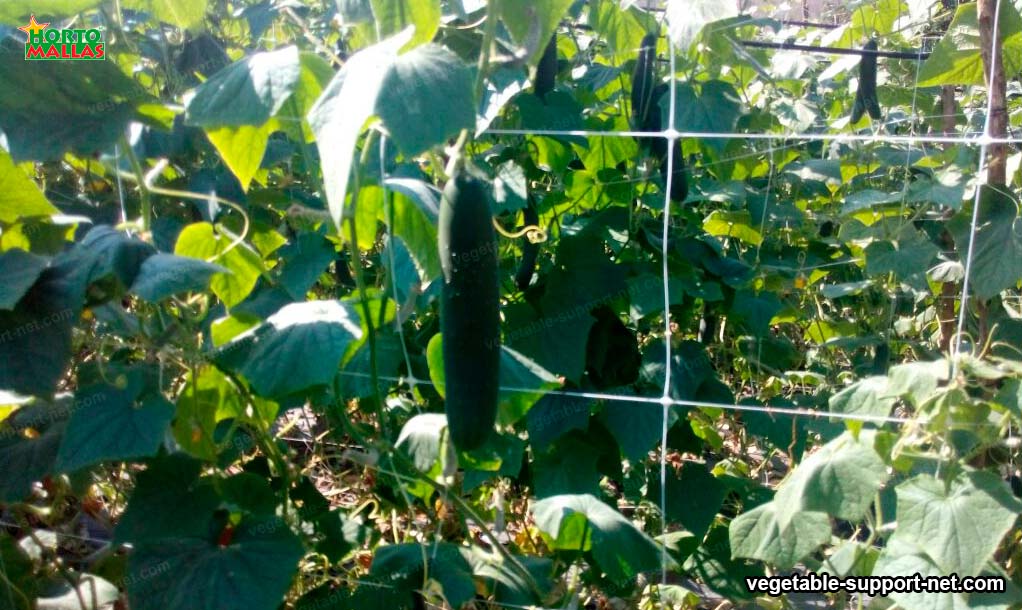It has long been used for industrial purposes and more recently, raffia has been found to have many applications in agriculture. It can be found in the form of trees, ropes, nets, tarpaulins, etc. These forms can be used to do various things for farmers. For example, it is used to protect crops from strong wind and sudden temperature changes that can cause dust scattering or damaged crops. It is also used to connect all the plants together to form a type of shade screen, which prevents the soil from drying out. In addition, raffia is also used as a support for fruit climbing and to retain soil and compost. It is used to sign abandoned trees and crops to prevent the invasion of pests that could damage your crops. This is known as “taping” and is only used in specific areas where the crop increases considerably.
The use of raffia in agriculture has been shown to improve yields substantially. It helps increase food production by preventing damage caused by climatic factors and reducing the use of pesticides. The abundance and versatility of this natural substance has made it popular with farmers looking for a way to safely and practically address many of the weather threats they face. Raffia is also used as fuel for agricultural machinery, particularly for land preparation. In addition, lot marking and circulation centers can also be effectively created with the help of raffia. As a fuel, raffia is much cleaner and more efficient than other fossil fuels such as petroleum. The use of raffia in agriculture has many benefits. It is made from a natural material, is very strong and can even be reused, which means it provides a safe and economical means of improving food production.
Comparisons of raffia and trellising mesh
Mesh and raffia are popular materials with a wide number of uses, especially for vegetable trellising projects. Such materials allow vegetables to be kept separate and secure while being shaped. This reduces the risk of entanglement and provides support for crops to grow upright. Netting and raffia are made from natural or synthetic fibers and are available in a variety of widths or rings. This maximizes the degree of freedom of movement for orchard and garden personnel when implementing projects. Although netting and raffia have many similarities, there are also notable differences. Netting uses fine, strong yarns that weave into each other. This gives the mesh a very strong appearance that molds to the contour of any plant. This makes it an ideal material for projects that require a lot of flexibility and a strong structure.
The mesh is also weather resistant, making it ideal for outdoor projects. In contrast, raffia is made from softer vegetable or synthetic fibers. This means it is more flexible and waterproof. The material does not feel stiff to the touch like mesh does. Raffia also has a more natural look, making it an excellent choice for those who are working on projects with a natural or organic aesthetic. Raffia is also much less expensive than mesh, making it an attractive option for those with tighter budgets. However, there are some limitations associated with raffia. The material is not as strong as mesh, so it can break relatively easily. This means that it is not good for tutoring projects to help projects where high levels of strength are required.
And why is trellising netting better?
Trellising netting is an excellent alternative for growing vegetables if you want to obtain a quality crop. Trellising netting is a strong wire twine netting formed into a hexagonal tear-resistant mesh, designed to keep the cultivated plant supported and away from enemies. This netting is easy to install and contributes positively to disease and pest prevention. Some advantages of guardian netting include: First, tutor netting offers growers a structured way to support and position their crops in the best possible way. Not only does tutorship netting help crops grow in the desired general direction, but it also limits any abrupt changes that could adversely affect crops. This contributes to greater control of production, thus improving it. In addition to that, the trellising allows growers to better control the amount of sunlight the crops receive, which is essential for a healthy and splendid harvest.
The trellising netting also offers several advantages over the use of raffia as a crop support. Farmers often choose to use tutora netting instead of raffia because of its strength and durability, as it is much more durable and tear-resistant. Moreover, tutor netting is much lighter than raffia, which means it does not add to the overall weight of the crops grown on it. Trellising netting is also much easier to clean, as it can be rinsed with water and there is no possibility of it rolling up, as is the case with raffia. In addition to strength and durability, trellising netting also offers a much higher level of ventilation than raffia. This means that trellising netting allows air circulation and sweating around the crop, which is beneficial to the crop.

